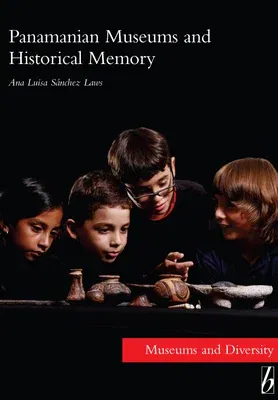Ana Luisa Sánchez Laws
(Author)Panamanian Museums and Historical MemoryPaperback, 1 May 2011

Qty
1
Turbo
Ships in 2 - 3 days
Only 1 left
Free Delivery
Cash on Delivery
15 Days
Free Returns
Secure Checkout

Part of Series
Museums and Diversity
Part of Series
Museums and Diversity, 6
Print Length
146 pages
Language
English
Publisher
Berghahn Books
Date Published
1 May 2011
ISBN-10
0857452401
ISBN-13
9780857452405
Description
Product Details
Author:
Book Format:
Paperback
Country of Origin:
US
Date Published:
1 May 2011
Dimensions:
26.8 x
14.81 x
0.81 cm
ISBN-10:
0857452401
ISBN-13:
9780857452405
Language:
English
Location:
New York, NY
Pages:
146
Publisher:
Weight:
544.31 gm